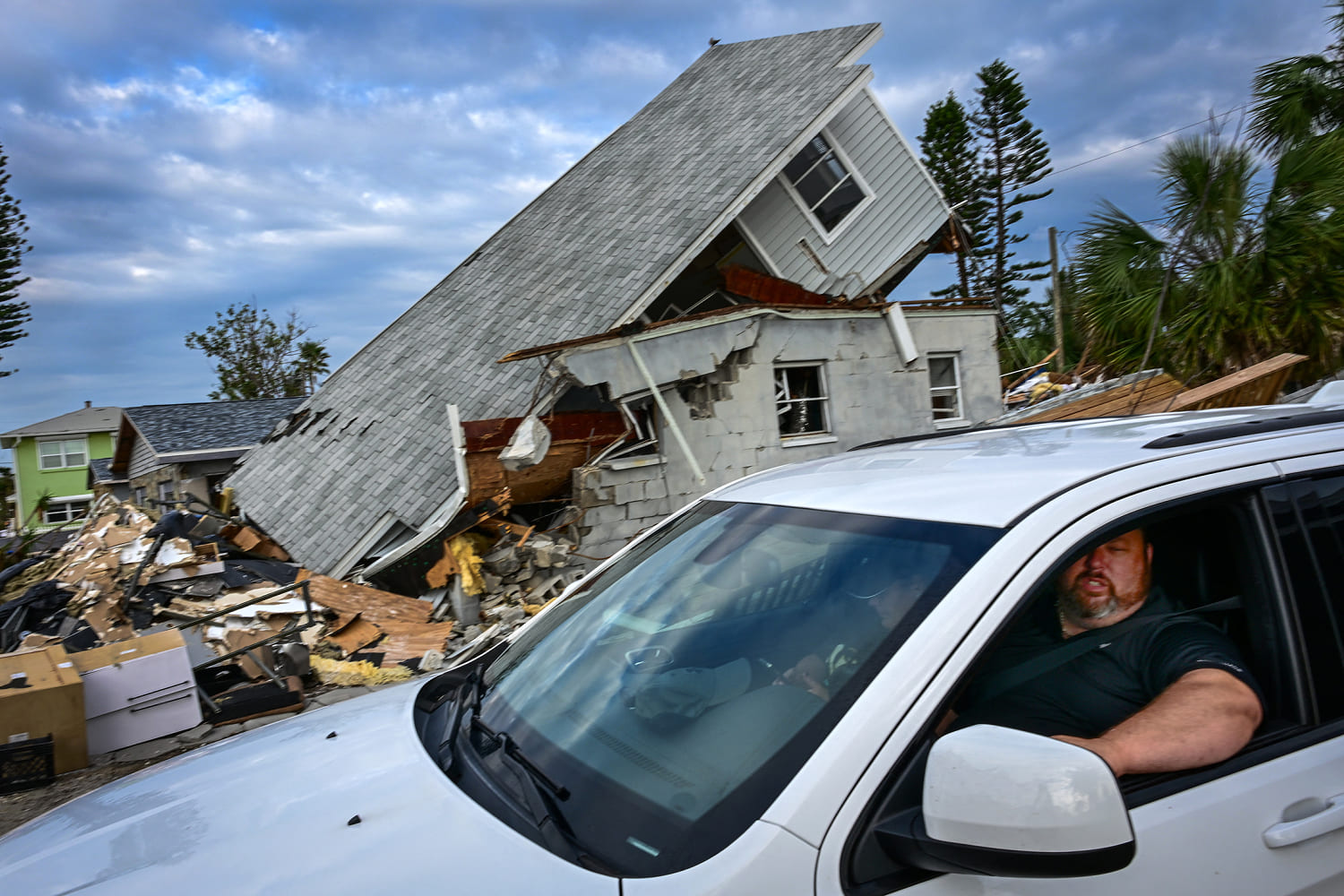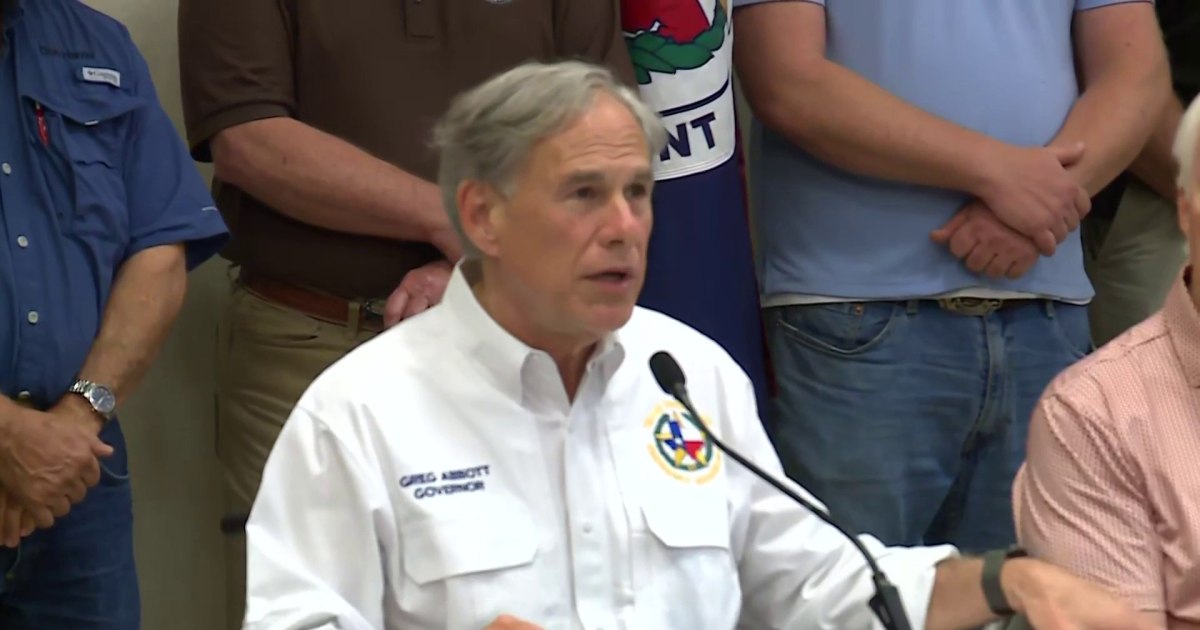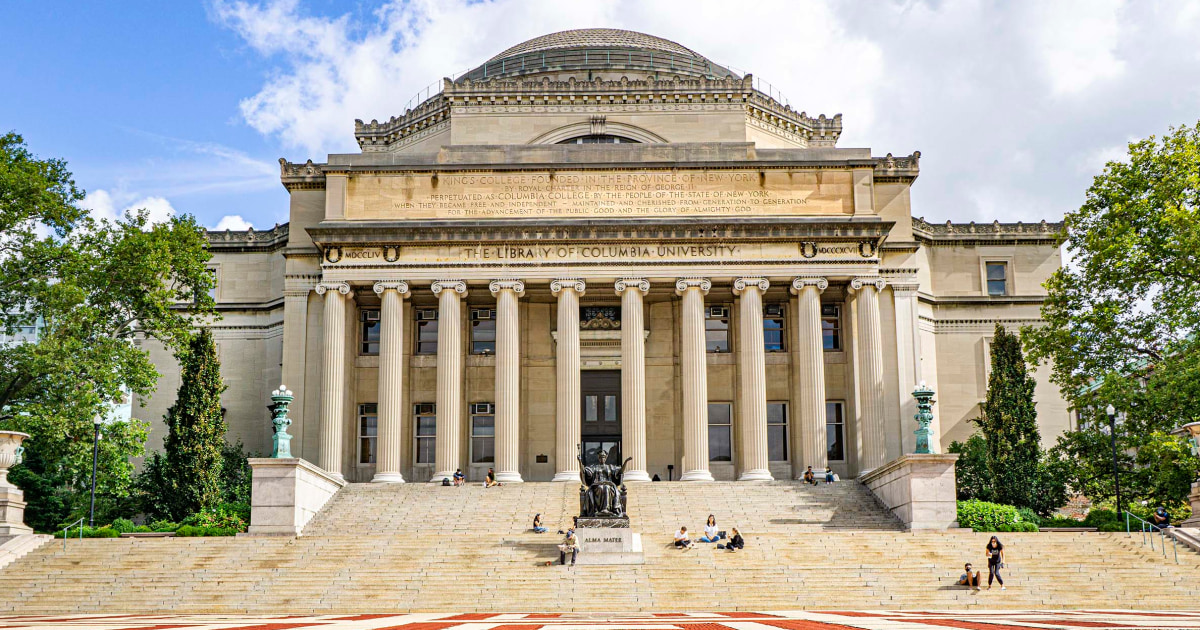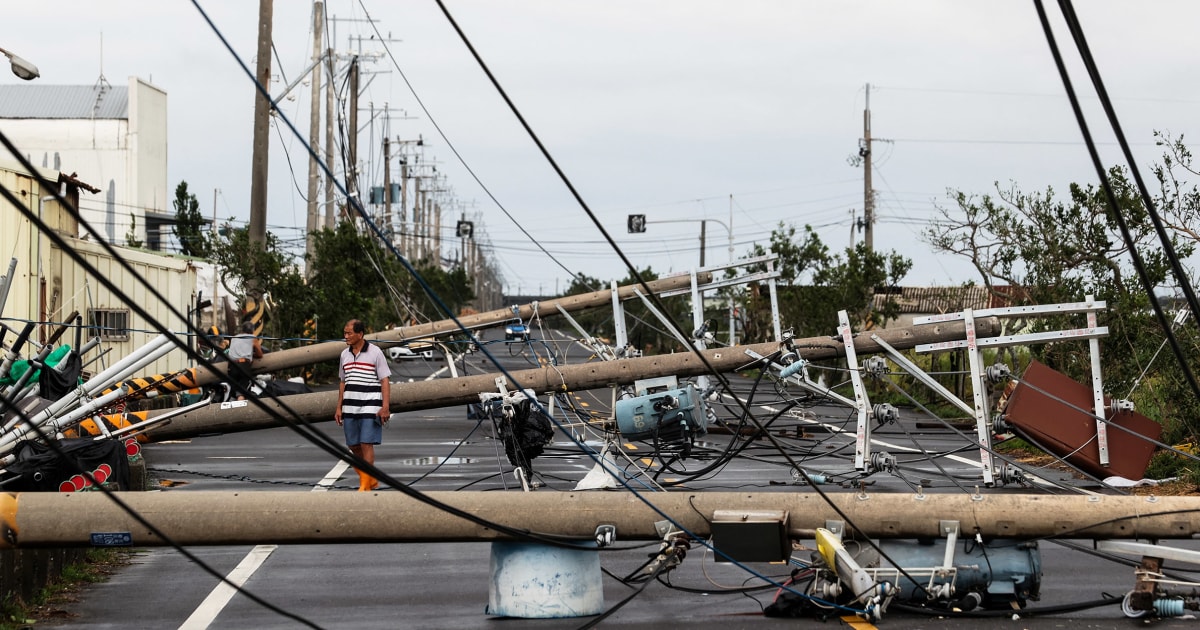
But hurricane risk in Florida is escalating as human-caused climate change warms the atmosphere and raises sea surface temperatures in the Gulf of Mexico. Hotter conditions are trapping moisture and fueling hurricane intensification, creating wetter, more powerful hurricanes that leave Florida increasingly vulnerable to storm damage. During Hurricane Helene, moisture trapped in the warming atmosphere increased extreme rainfall by 10%, bringing rainfall totals as high as 26.95 inches in parts of Florida.
Jeremy Porter, a climate risk expert at First Street Foundation, says that rising insurance costs signal the deep impacts of climate change in west Florida, as communities like Fort Myers Beach grapple with recurring damage and costly recoveries.
“Over the last few decades, we haven’t kept up with climate risk and quantified it properly in our risk modeling. Now, we’re playing catch-up and it’s driving up insurance rates very rapidly, and people are feeling that in their household budgets,” Porter said.
With scarce options for home insurance, more and more Floridians have started buying insurance from Citizens Insurance Property Corp., Florida’s not-for-profit state-backed insurer, and Porter says this rapid movement has also pushed up insurance costs.
By 2055, Porter says home insurance premiums could rise by 213% in the Tampa metro area because of hurricane risk. Climate risks are also disrupting insurance markets in other parts of the country. In Sacramento, California, residents may face a 137% increase due to increased wildfire danger, for example.
Porter said declining home prices in Florida could also affect home insurance rates and availability. When property values fall in places that are vulnerable to hurricanes or other extreme weather, insurers may interpret that decline as a warning sign of growing physical or market risk, leading to increased scrutiny during underwriting and potential spikes in premiums.
According to Zillow data, home values in Fort Myers Beach are down about $200,000 from their pre-Ian prices, and about 86% of sales over the last year came in under list price, a general sign that sellers are having a difficult time offloading their properties.
At its peak before Hurricane Ian, the average home value on Sanibel Island, a popular spot in Lee County for beach vacationers, was almost $1.3 million. Today, that value is $868,000, with 93% of all homes being sold under list price, according to Zillow.
Joanne Klempner, who has lived part time in Fort Myers Beach since 2016, says that selling her home is not a financially viable option after spending so much on reconstruction post-Hurricane Ian. With little choice but to stay in Fort Myers Beach, Klempner said she worries about how climate change will affect the future of her community.
“At this point, we’re in for the long haul because we have to be. I think whether people want to continue to invest in Fort Myers Beach is the bigger question,” Klempner said. “When you don’t have a hurricane for 30 years, the risk feels worth it to live in paradise. When you have three bad hurricanes within 18 months, it becomes questionable.”
Jacki Liszak, the president and CEO of the Fort Myers Beach Chamber of Commerce, says that Fort Myers Beach is still a great place to live and visit, and that the community is investing in resilient architecture and building homes well above the flood line.
“The houses have to be built strong and they have to be built high,” Liszak said. “I think that will help tremendously. People were already starting to come, and I think they will continue to come. People love this lifestyle. It’s a beautiful part of the world.”








